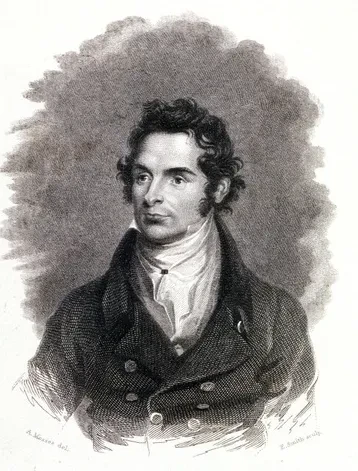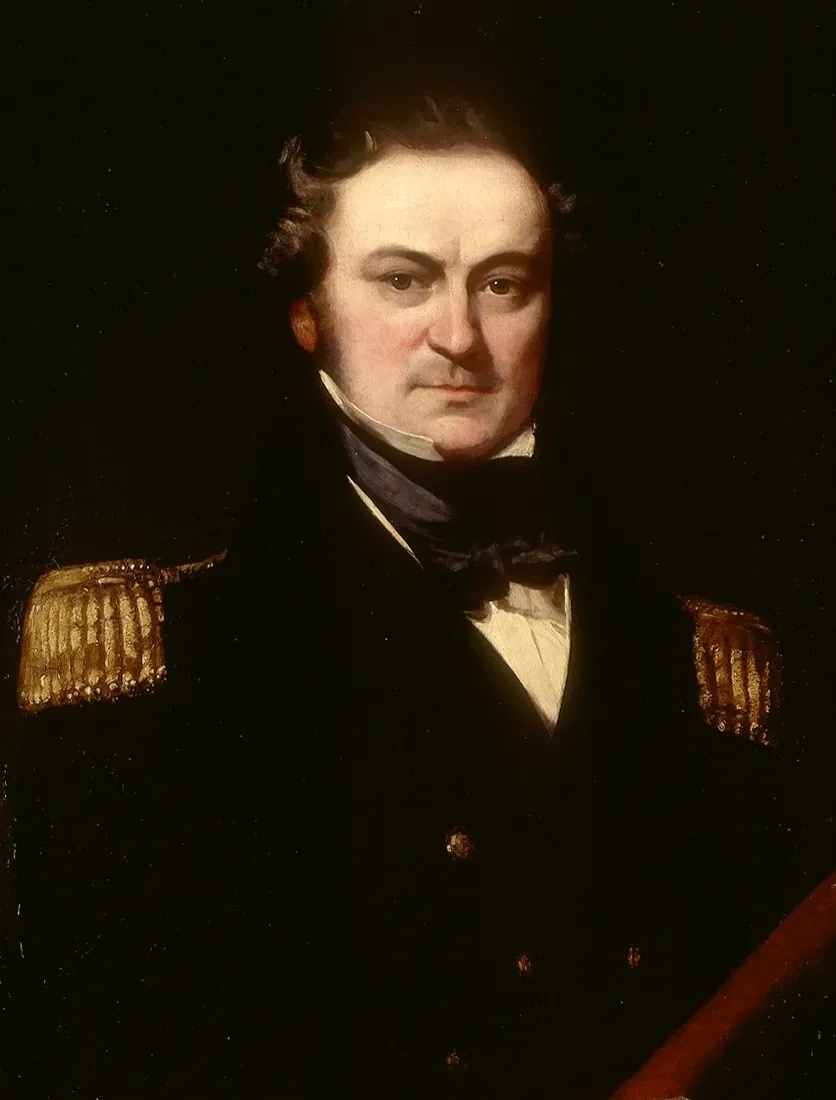
His Dark Materials is bewitched by the Arctic.
Author Philip Pullman’s fantasy series has enraptured readers with stories of armoured bears, frozen polar landscapes, sinister Arctic research stations and, of course, the spectacular 'Northern Lights'.
But dig a little deeper and you’ll discover even more intimate connections with the polar north...
Lee Scoresby
He may be an aeronaut from Texas, but Lee Scoresby certainly seems at home in the Arctic. This might have something to do with his surname.
The character, played by Lin-Manuel Miranda in the His Dark Materials BBC TV series, is actually named after a 19th-century polar explorer.
“The Lee part comes from the actor Lee Van Cleef, who appeared in the Dollar films with Clint Eastwood, because I thought my Lee would look like him,” author Philip Pullman has said. “And the Scoresby comes from William Scoresby, who was a real Arctic explorer.”
Who was William Scoresby?
19th century whaler and explorer William Scoresby junior helped to pioneer the scientific study of the Arctic.
Aged just 10 when he made his first expedition north with his father, Scoresby went on to conduct numerous scientific investigations during his summer whaling expeditions.
In 1820 Scoresby published his Account of the Arctic Regions with a history and description of the Northern Whale-Fishery. It has been called ‘the beginning of the scientific study of the polar regions’.
Find works by William Scoresby at the National Maritime Museum
In 1822 Scoresby surveyed over 400 miles of the uncharted east Greenland coast. He named Scoresby Sound, one of the largest fjord systems in the world, after his father. It is known as Kangertittivaq in Greenlandic.
Scoresby’s history even includes a dubious echo of character Lee Scoresby’s relationship in the books with armoured bear Iorek Byrnison.
In 1812, Scoresby captured a live polar bear and brought it back to his tutor at the University of Edinburgh, where it was kept it in a pen and reportedly fed on a diet of liver and horse meat.
Scoresby’s 1822 voyage proved to be his last to the Arctic. Following the death of his wife, he returned to Cambridge to study divinity, eventually becoming a clergyman. He remained a prolific writer, social reformer and scientist until his death in 1857.
Will Parry
Lee Scoresby isn’t the only character with a connection to real polar exploration: protagonist Will Parry also shares a name with a British explorer.
Unlike Scoresby, Pullman says that he did not intentionally name Will Parry after explorer William Edward Parry.
However, the connection is still intriguing: a boy with the ability to travel between worlds, sharing a name with an explorer who spent his life trying to 'carve' a route from one side of the world to the other...
Who was William Edward Parry?
Sir William Edward Parry led three separate expeditions to discover the North-West Passage – a route through the Arctic that would link the Atlantic and Pacific oceans.
Parry, known by his middle name Edward during his lifetime, never found a path through the sea-ice. However, his expeditions proved to be some of the most successful of the period.
During his first voyage in 1819 Parry and his crew became trapped for ten months on Melville Island, making them the first British explorers to spend a winter above the Arctic Circle.
With no path through the frozen sea-ice, Parry devised a number of activities to maintain crew order. He initiated a 'school' for ordinary seamen to improve literacy, helped establish an expedition newspaper called the North Georgia Gazette, and even opened the 'Royal Arctic Theatre', putting on plays for the entertainment of the crew. Parry himself played several parts.
Even more importantly, Parry was scrupulous in terms of hygiene and diet, helping to keep his crew healthy and scurvy at bay throughout the long polar winter.
When the ice melted in the following year, Parry attempted to explore further but was eventually forced to return to England. At the time Parry’s expedition was the furthest anyone had travelled in the search for the North-West Passage.
Parry led two further expeditions to search for the North-West Passage in 1821 and 1824. He also made a bid to locate the North Pole in 1827, setting a new record for the furthest north any explorer had reached.
Parry later became Lieutenant Governor of Greenwich Hospital. He died in Germany in 1855 and is buried at Greenwich.
Visit the 'Polar Worlds' gallery and discover incredible stories of Arctic exploration




